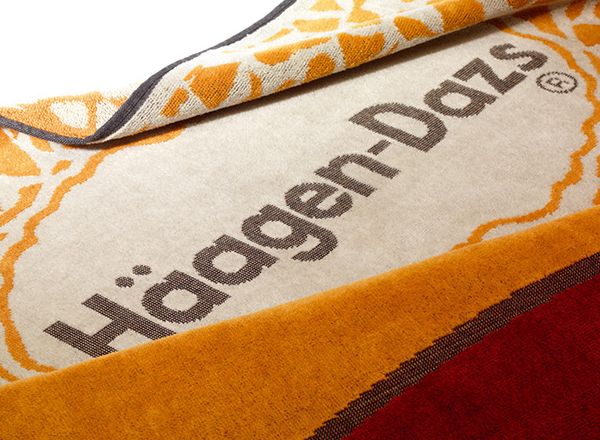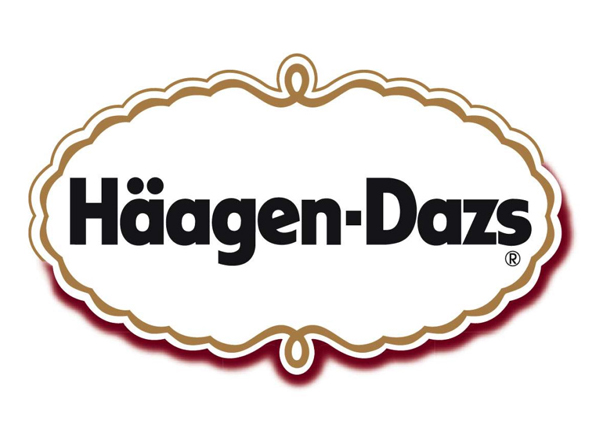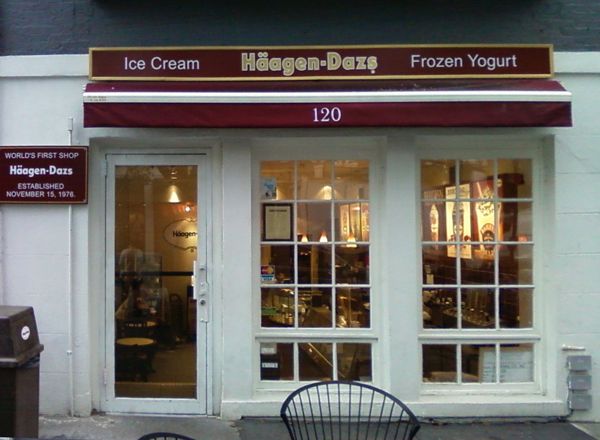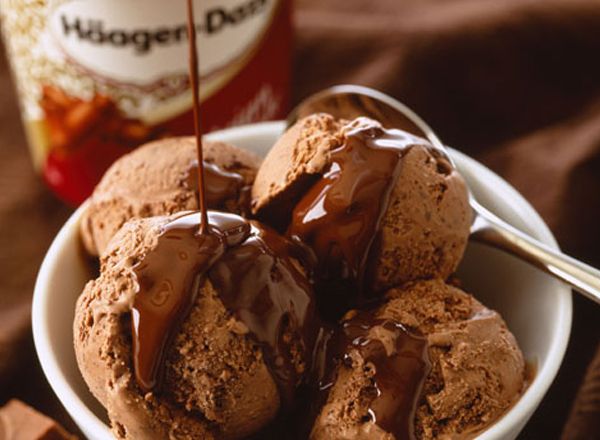
The brand can set one seller’s goods or service from the others’. A brand may identify one
item, a family of items, or all items of that seller. So, we can say that a Brand is the personality
that identifies a product, service or company. A good brand can transmit to the user/consumer,
aspects like thoughts, feelings, perceptions, images, experiences, beliefs, attitudes, and so
on that become linked to the brand, of a brand from the experiential aspect.
The experiential aspect consists of the sum of all points of contact with the brand and is known
as the brand experience. The psychological aspect, sometimes referred to as the brand image,
is a symbolic construct created within the minds of people, consisting of all the information and
expectations associated with a product, service or the company providing them.
People, engaged in branding, seek to develop or align the expectations behind the brand
experience, creating the impression that a brand associated with a product or service has
certain qualities or characteristics that make it special or unique. A brand is therefore one of
the most valuable elements in an advertising theme, as it demonstrates what the brand owner
is able to offer in the marketplace. So in this matter, the selection and developing of a brand is
very important for the future of this company, product or service.
Let’s start with an example to support this opinion.

Did anyone questioned where this brand of delicious ice creams comes from?
Maybe somewhere in Europe, north of Europe, maybe from Austria… no, it’s not.
This brand of ice cream was established by Reuben and Rose Mattus in Bronx, New York,
in 1961. Starting with only three flavors: vanilla, chocolate, and coffee, the company opened
franchises throughout the United States of America and many other countries around the world.
Häagen-Dazs produces ice cream, ice cream bars, ice cream cakes, sorbet and frozen yogurt.

So why did they do this, choose a foreign name for the company?
This practice has a name, and it’s known as Foreign Branding, by the marketing industries,
and in advertising and marketing the term is used to describe or imply cachet or superiority of
products and services with foreign or foreign-sounding names. There are four techniques:
**
» Non-English brand names in English-speaking countries**
In English-speaking countries, many cosmetics and fashion brands use French or Italian-styled
names to imply a connection to the style-conscious, while northern European and Japanese
names imply high quality and advanced technology.
**
» English brand names in non-English-speaking countries**
For example, in Japanese markets, products often have foreign (or foreign-sounding) names,
which are often English and ungrammatical in real English. For example, Pocari Sweat,
a popular sports drink marketed in Japan by the Otsuka Pharmaceutical Co., has a name that
to many English speakers would imply that the product actually contains sweat, rather than
the intended meaning of a beverage intended to replace the electrolytes lost in sweating.
**
» Products renamed to avoid offence**
For example, the Mitsubishi Pajero had to be renamed to Montero in Spain and Hispanic
America, since pajero is a Spanish slang term for one who masturbates.
**
» Foreign orthography**
Foreign letters and diacritical marks (such as the umlaut) are often used to give a foreign
flavour to a brand that does not consist of foreign terms.
In this case of study, we are talking about two techniques, the Non-English brand names
in English-speaking countries, useful because the USA don’t have a tradition in ice
creams and, in order to build a positive image and position itself in the market as a quality
product, Reuben and Rose Mattus wanted to convey an aura of the old-world traditions
and craftsmanship in ice cream vision; and the other is Foreign orthography, because
the name Häagen-Dazs has no meaning in any European language, although it contains
several conventions used in European languages, such as the umlaut. So, a foreign name
that sounds, maybe, like an Austrian word, or any other European country where there is a tradition
in ice creams, is good for the business.
](/img/2011/10/haagen-dazs-02.jpg)
Another example of this branding is the renaming of the Teatro Calderón in Madrid, Spain,
to Teätro Häagen-Dazs Calderón.


















